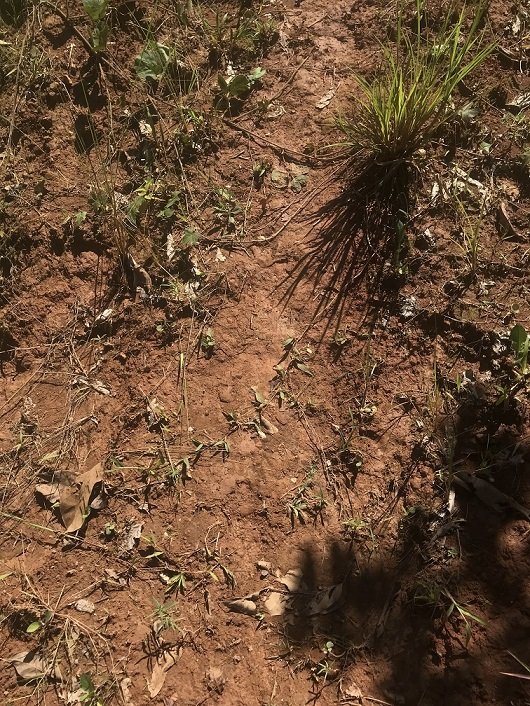talkin’ all that
blog blog blog…
how do government actions affect our food system and communities? how do we combat food apartheid? what can we do to increase food sovereignty in our communities? talk about it!
Blackouts and Fermented Tea: energy poverty threatens the food and medicine of millions.
"[R]ising global temperatures comes with more frequent and stronger storms. Storms are the biggest cause of blackouts in the states... Energy poverty describes anyone without secure access to electricity and fuel... This is part of a three part series on energy poverty and practical food preservation methods that can keep us healthy when the lights go out."
Swiping Chocolate, How the world was divided to bring us candy.
“…colonialism, by its nature, was against the establishment of industries in Africa and Latin America, outside of agriculture and the extractive industries of mining and lumber. It is why Mexican chocolate is characteristically coarse, unlike Swiss or German chocolate which is industrially smooth. Whenever Africans pushed towards industrialization, they were deliberately blocked by the colonial governments acting on behalf of European business.”
Between Food and War
Guano, an important source of ammonia… This “white gold” was vital to the production of gunpowder and to soil fertility.. wars were fought to acquire guano. The U.S. declared ownership of over a hundred islands in the 1850s in the Guano Islands Act…Then there were the Saltpeter Wars which changed the borders of Bolivia, Chile, and Peru..This is the paradox of imperialism: the progress, growth, and production is predicated on the destruction, extraction, and exhaustion.
The Green Revolution Nightmare
The Green Revolution wasn’t universally applied throughout poor and hungry nations, it was strategically used to quell rebellion. The initiative was conceived in the 1960’s as a capitalist counter to socialism’s Red Revolutions. Instead of promising food for hungry people via land access, it promised food via fertilizer access, genetically modified crop varieties, and neoliberalism
Food justice is justice for farmworkers
The U.S. food system is dependent on cheap - exploited - labor. That is the only way that grocery stores in Virginia can stay stocked, year-round, with California grapes and Florida tomatoes…CIW’s Anti-Slavery Campaign has uncovered, investigated, and assisted in the prosecution of numerous multi-state farm slavery operations across the Southeastern U.S., helping liberate over 1,200 workers held against their will since the early 1990’s…The fact remains that there can be no aspirations for food justice when such injustices prop up the food systems.
Environmental justice is food justice, housing justice, and has its roots in Black liberation movements
Systemic racism has long influenced where major sources of pollution are located within communities, beginning with the redline maps drawn by White government planners that identified Black and Latino neighborhoods as undesirable and unworthy of housing loans. Heavy industry was permitted to cluster in those places, the toxicity was all but guaranteed… People of color make up nearly half the population in fence-line zones – areas closest to hazardous chemical facilities. They are almost twice as likely as whites to live near dangerous chemical plants (6). And when industry does pollute communities, the government, specifically the EPA, remains incredibly slow to remedy the disasters…
F.E.E.D. The Culture Deep Dive: Tax Breaks for Healthy Food
Since the problem was first put in front of the nation, millions of dollars have been used by federal, state, and local governments to eradicate food deserts by making sure that fresh fruits or vegetables are sold in more locations…Just because fruits and vegetables are on shelves, does not mean that people have the money, time, energy, or interest in buying them... Focus cannot be on geographic location and corner stores alone. There must be consideration on the individual level of all the other factors involved in peoples dietary decisions. To focus on just making fresh fruits vegetables available will likely not be enough by itself.
Erosion threatens all our food
Our food comes from the Earth, from the soil that is made up of million-year-old rocks and freshly fallen leaves. “Soil is a living material: if you hold a handful of soil, there will be more microorganisms in there than the number of people who have ever lived on the planet.” As cities have been build, fields plowed, mines dug, and forests removed, topsoil has continued to dwindle. (2) Erosion has become a disease on landscapes and it threatens all food and forest cultivation, waterways, and coastlines. So in the pursuit of food justice, Land must be respected and retained. Land must be returned to its original caretakers. And the gross scale of settler-caused soil loss must be acknowledged.









